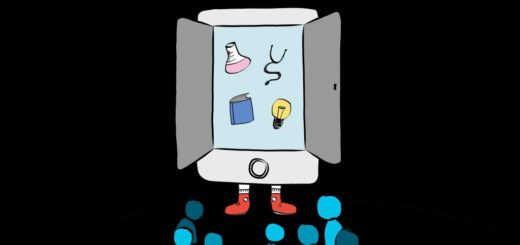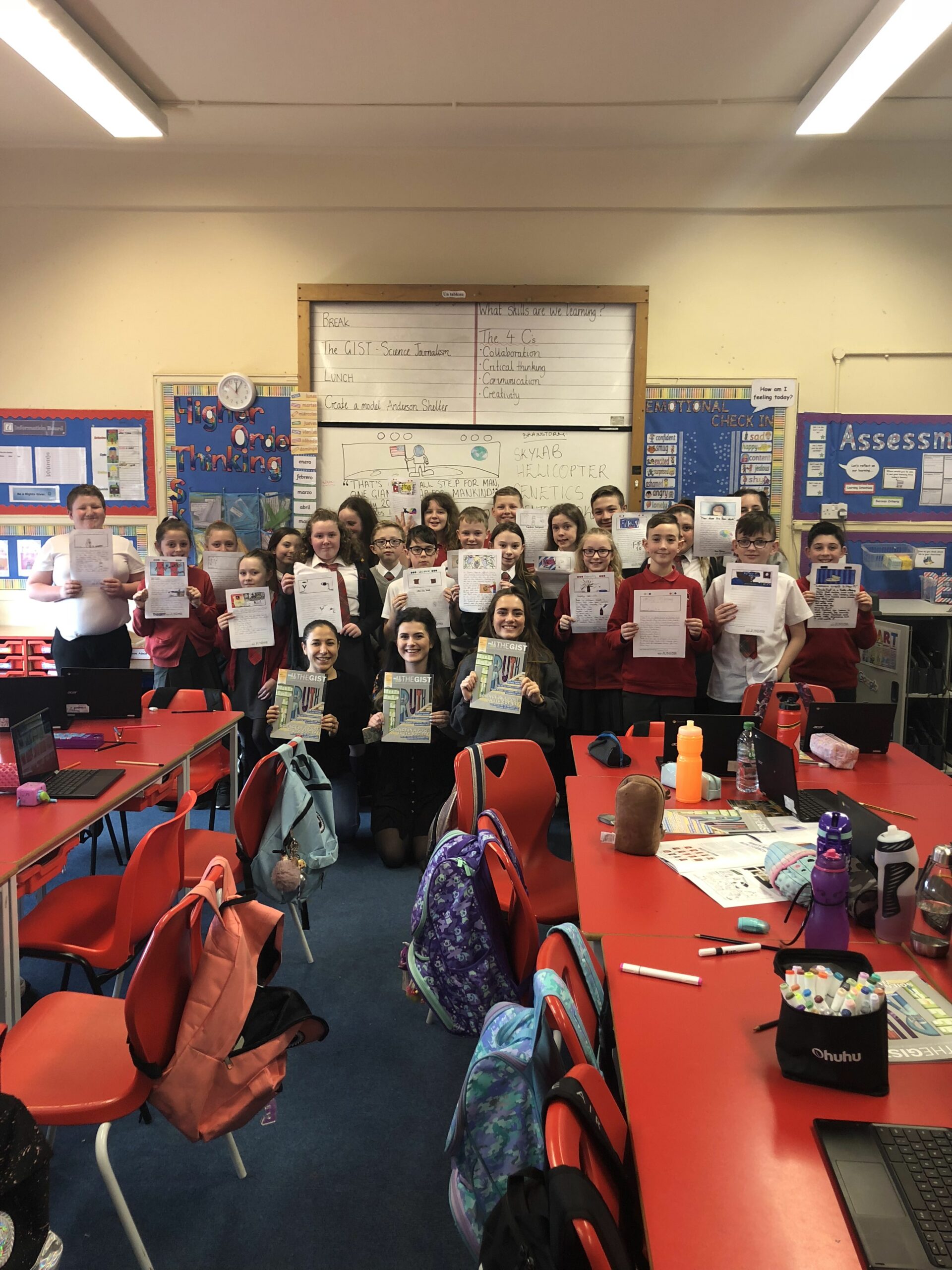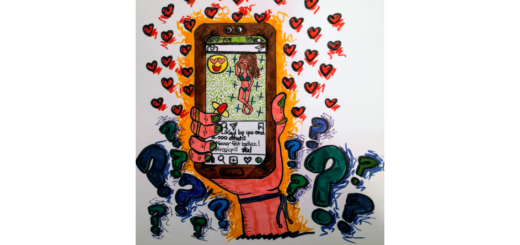Carries and Initiators: Cooperative Roles in Temporary Teams
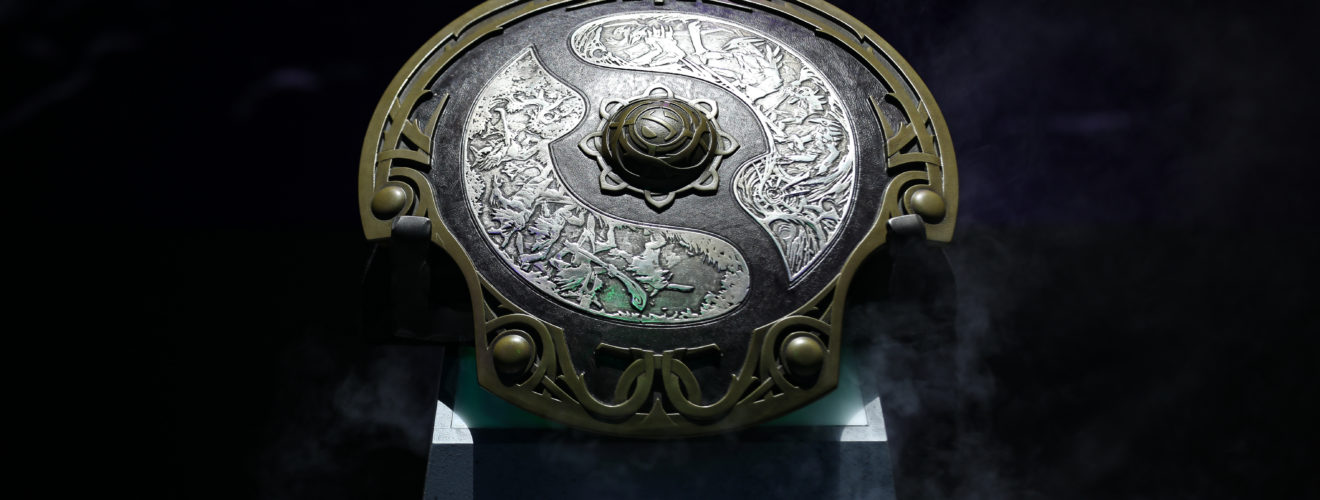
In Dota 2 1 , the video game sequel to Defense of the Ancients, players are allocated into two teams of five, both with the same objective: to destroy the Ancient Structure within their enemy’s base. These bases are well-protected by towers that can hurt or potentially annihilate players if they are not cautious. In order to claim victory, a player must first choose one of over 100 characters, or ‘Heroes’, each of which has a unique set of skills that can be used to destroy the opponent’s base and the towers guarding it. Along the way, these same skills can also be used to assist teammates by providing offensive and defensive support against other players and threats that are spread across the map.
The game’s Heroes and their wide variety of skills ensure that every match is a unique experience for players. The flexibility each hero offers means that they can play single or multiple roles to help the team accomplish their objective. Within the Dota 2 community, nine team roles, with their respective strengths and weaknesses, have been distinguished. Valve, the developer of Dota 2, encourages strategic thinking by recommending which character is more suitable for specific roles while providing space for improvisation and spontaneity. Those same roles will also be compared with a similar approach that has been applied to real-life and professional projects which require participation and collaboration amongst team members.
ROLES OF HEROES IN DOTA 2
The nine roles of Dota 2 exhibit attributes such as:
- Carry: Able to develop more power and stronger abilities to lead teams to victory.
- Nuker: Quick and strong enough to dispatch opponents during combat.
- Initiator: Capable of starting battles against enemy players effectively.
- Disabler: Possess skills that can immobilize enemy heroes or prevent access to abilities.
- Durable: Resilient and able to sustain damage from enemy players during encounters.
- Escape: Utilize abilities that help heroes retreat from enemies and avoid further harm.
- Support: Equipped with abilities that can assist fellow teammates with offensive or defensive boons.
- Pusher: Proficient in laying siege to towers and opening clear pathways to the enemy base.
- Jungler: Effective against neutral enemies and utilizing resources within the arena’s ‘Jungle’.
What is interesting is that almost every Hero can be used to fill multiple roles simultaneously, which allows players to experiment with different play-styles and develop creative ways of supporting their team. To illustrate how some of these roles function in a team, I will focus on two heroes, Earthshaker and Razor.
Raigor Stonehoof, the Earthshaker 2, is known for using his abilities in support of team members and to and initiate combat with opponents if they encounter them on the battlefield. Razor, the Lightning Revenant, 3 on the other hand, is capable of standing his ground during fights and surviving long enough for reinforcements to arrive or for his opponents to retreat. These two Heroes function differently and possess distinct abilities at their disposal, but both can push their team to a winning lead if players utilise their individual strengths and weaknesses.
Thus, during a match, anyone playing as Earthshaker or Razor would need to coordinate with other teammates, taking into consideration the skills of their chosen Heroes. Nataliia Pobiedina’s group from the Vienna University of Technology claimed from their investigation into successful team cooperation and efficiency through Dota 2 that good synergy between Heroes can positively influence a team’s likelihood to win 4. For instance, Razor and other Heroes with “Carry” roles would need to obtain more resources like gold and experience than anyone else to grow stronger. Therefore, Earthshaker would need to be the “Support” and “Disabler” to protect Razor with defensive abilities during combat, preventing enemies from coming closer and attacking him. Other Heroes in their team roster could contribute to Razor’s growth by either acting playing “Durable” roles as a shield alongside Earthshaker against incoming assaults, or by seeking supplies within the map’s jungle as the “Jungler” when resources are scarce.This concept of ‘team-building’ can be associated with a real-life methodology designed with nine established roles, namely the ‘Belbin Team Roles’.
THE BELBIN TEAM ROLES
The nine Belbin Team Roles are categorized as follows: 5.
- Plant: Highly creative individuals with unconventional but imaginative approaches to problems.
- Resource Investigator: Adept explorers and negotiators of new ideas and potential connections within and outside their circle.
- Co-ordinator: Confident and trustworthy supervisors able to delegate and take on responsibilities in a team.
- Shaper: Competitive and energetic people who can perform under pressure and overcome obstacles.
- Monitor Evaluator: Critical thinkers who are cautious about making decisions and evaluating viable solutions.
- Teamworker: Diplomatic and caring figures intent on creating harmony amongst team members.
- Implementer: Hardworking and reliable with a systematic way of completing tasks through disciplined and practical means.
- Completer Finisher: Perfectionists that prefer to maintain a high standard of quality, accuracy and detail in their work.
- Specialist: Passionate for learning and sought for their expertise in specific areas of knowledge and skill.
Dr Meredith Belbin, who gives his name to this methodology, believes that these roles encompass distinct combinations of strengths, behaviours and strategies that people in teams can exhibit and contribute to projects and independent assignments. The system also allows its members to be flexible and to showcase aspects of a combination of roles rather than to be labelled under a single one, similar to the way roles are established amongst Dota 2’s Heroes. For example, a student who considers themselves to be both an Implementer and a Completer Finisher would pay close attention to projects from start to finish. As an Implementer, they would carefully plan out a viable strategy to complete a project like a group poster presentation by allocating tasks to the person in their team best suited for them. Then, once everyone has pooled their resources and contributed to the poster, they will take their time going through the major and minor details of the poster to ensure no mistakes go unnoticed and to ensure that it upholds a high standard of quality.
There are similarities that can be drawn between Dota 2 and Belbin’s team role classifications. In environments where you either win in matches against your opponents on a computer screen or participate in projects in business or healthcare, a team with a diverse range of skills will be more likely to complete objectives and achieve success. A point to emphasize here is that in the modern world, a diverse team can provide insight into how people work and interact with others. Like the Heroes of Dota 2, people can find themselves more suited to certain tasks and responsibilities, whether it be supporting and defending their team from conflict or evaluating strategies to figure out what mistakes prompts a switch in tactics. However, the roles are there to help promote the skills we can contribute to our group that could lay the foundation for something wonderful.
Understanding the strengths and weaknesses of each player in a team can provide flexibility in strategies that garner advantages over the opposing team and increase chances of winning.This flexibility can also reflect real-life scenarios. In Nel M. Mostert’s journal investigating how Belbin’s methodology is applied in innovation 6, he constructs a variety of scenarios that teams may face, including obstacles such as lack of coordination. In this case study, the team believed there was no sense of direction and the presence of a leader was not strong. He learned that the reason the team coordinated poorly was that their leader was more focused on his creativity and ideas than his responsibility as a guide. He would be attributed more to the Belbin Role of the Plant, rather than Shapers and Coordinators who can focus on a team’s objective. While this should not discourage any creative persons from leading team projects, this scenario does illustrate that roles not covered in a team can lower efficiency and the drive to work collaboratively.
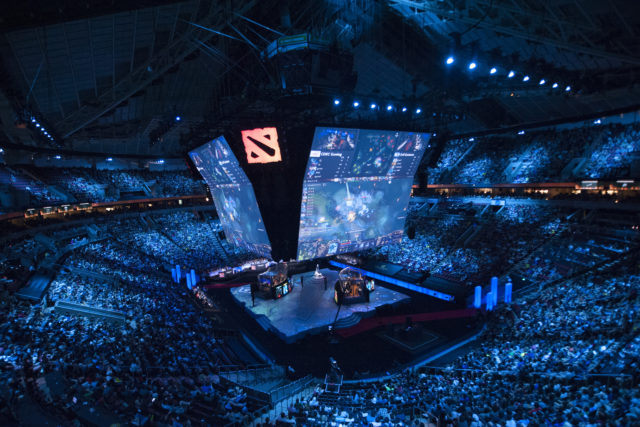
Earthshaker and Razor have their strengths and weaknesses, and acknowledging how their skills assist their team can open up numerous strategies to win. Whenever new heroes are added to the game’s ever-growing roster, Dota 2 entices players to try something new and modify their playstyle to become better players with or against them. These heroes can be representative of the diversity of people that build teams, with roles to perform and skills that make us unique and paint each objective and accomplishment with a distinct flavour. This would explain why the International, Dota 2’s annual competition, is one of the most popular gaming events in the world, where various teams compete for the winning title and each match delivers something new for their audience.
Dr Belbin and Valve’s roles serve as a guide for team players to understand how to approach their current objectives and complete every task along the way. Whether or not they are aiming for a ‘Radiant or Dire Victory’, or engaged in developing a new healthcare product that monitors pain and stress, collaboration in a competitive environment is key. Both role systems may be designed differently, but their respective nine roles allow people to acknowledge how their Heroes and their personal abilities contribute to a team while strategizing how to effectively use them. The one thing to keep in mind when building an effective team is to be aware of the people you work with. Be flexible and change tactics if you encounter obstacles that require a different perspective. And more importantly, be compassionate and ensure no one is left behind by involving everyone’s talents to become an outstanding team determined for success.
This article was specialist edited by Jamie Tarlton and copy-edited by Madeline Pritchard
References
- Dota 2 website: www.dota2.com/play
- An overview of Earthshaker: www.dota2.com/hero/earthshaker
- An overview of Razor: www.dota2.com/hero/razor
- Nataliia Pobiedina’s study: ieeexplore.ieee.org/document/6642858
- For more information regarding the Belbin Team Roles: www.belbin.com/about/belbin-team-roles
- Nel M. Mostert’s study:
www.journalcbi.com/belbin-for-innovation-teams.html

